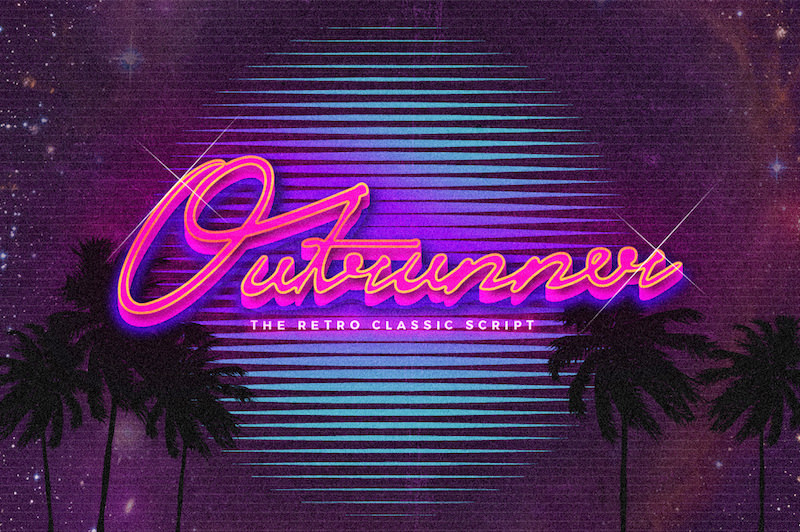

For example, the uppercase J in Bodoni extends below the baseline, while in Didot it sits on the baseline. There are some distinct differences between the two fonts, mostly in the appearance and placement of particular letterforms. At first glance, the typefaces are very similar in appearance and showcased the quality of the metal-casting work done by the respective companies, as thinner strokes required much better craftsmanship. In the 1780s, two type designers- Firmin Didot in France and Giambattista Bodoni in Italy-created modern serifs with extreme contrast between strokes. The downside was that it limited the amount of text that could fit on a single page, creating longer books that required more time to set up. Gutenberg’s letterforms were based on the Blackletter calligraphy that was used to write manuscripts. While arranging the letters for each page could take an entire day, the page could then be printed as many times as necessary from that single day’s work.

He drew on movable type used in East Asia and screw-type presses being used by farmers in Europe to devise the idea for the first printing press.īecause Gutenberg was a goldsmith, he was able to create durable letter blocks that could be used over and over again. Gutenberg recognized that being able to mass-produce books quickly and cheaply was a lucrative prospect. Typeface history has largely been influenced by the availability of technology throughout the centuries, starting with Gutenberg’s press and continuing through digital typography advancements by designers in the 20th and 21st centuries. They were generally reserved for the elite, though growing literacy among the middle class increased their demand. However, before the invention of the printing press by Johannes Gutenberg in the mid-15th century, books were written by hand. It acts as an edgier, sharper foil for Spring/Summer’s all-ruffle-everything, as well as adds interest to grunge- and streetwear-centered fashion-microtrends that are still going strong to this day.It’s easy to take books and other printed material for granted. Second, it’s, well, kinda fun and nostalgic, and we never underestimate the appeal of a throwback.īefore you turn your nose up at this directional look, know that it’s a hairstyle that’s been replicated on several runways. First, that contrary to other “flattering” looks that curl at the ends, half-crimped hair does the reverse: It’s tightly crimped near the root and diffuses into straight, almost stringy lengths. It does however require a healthy sense of irony that flips the script on what’s traditionally sexy. Wearable but just with the right hint of spunk, as well oozing of that marked pizzazz that defined the Era of Excess, half-crimped hair is a look that doesn’t require you digging around your attic for old crimpers or expired tubs of cold wave lotion. Of all these electric, punk-inspired hairstyles, trends such as Z-shaped curls and most notably, sexy, half-crimped hair have been catching the eyes of influencers as of late. Honestly, with all the neon hair and mohawks in rotation nowadays, this can’t really come as a surprise.

TRESemmé TRES Two Extra Firm Control Mousseįirst we had the ’90s, and then the ’70s… and now-guess what-the ’80s are back in fashion’s good graces! Well, at least as far as hair and beauty trends are concerned.


 0 kommentar(er)
0 kommentar(er)
